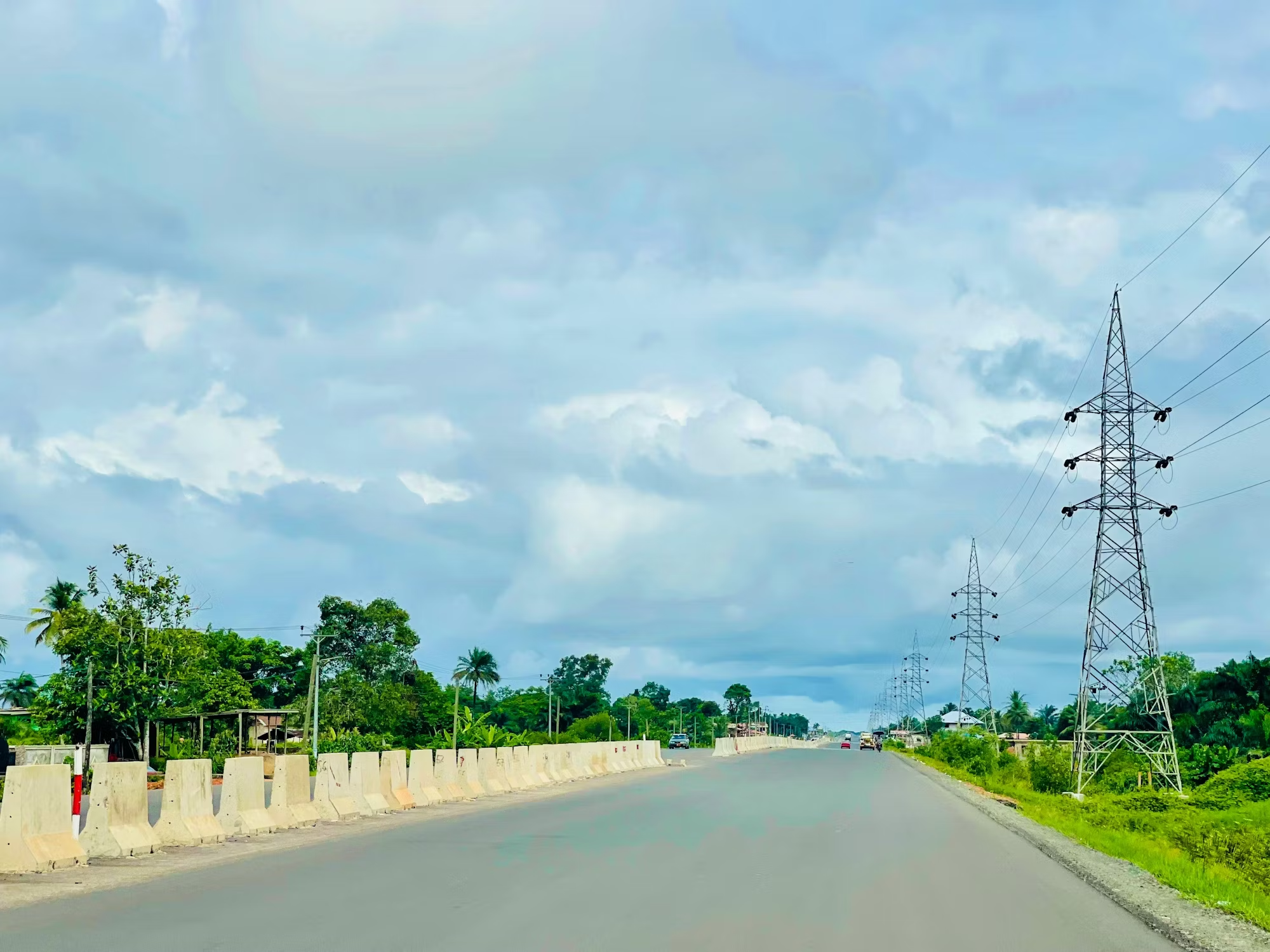The evolution of highway infrastructure has been a defining factor in shaping modern transportation systems. As societies evolve and urban populations grow, the need for efficient and sustainable highways has never been more critical. This article delves into the advancements in highway infrastructure, examining how technology, environmental considerations, and innovative design are shaping the future of mobility.
Highways have long been the backbone of transportation, facilitating the movement of goods and people across vast distances. The earliest roads were simple dirt paths, evolving over centuries into the complex network of highways we see today. This transformation has been driven by technological innovations, changing societal needs, and a growing awareness of environmental impacts. As we look toward the future, it is essential to understand the trajectory of these changes and their implications for transportation.
One of the most significant advancements in highway infrastructure has been the integration of smart technology. Intelligent transportation systems (ITS) are revolutionizing the way highways are managed, enhancing safety, efficiency, and convenience. These systems utilize sensors, cameras, and data analytics to monitor traffic conditions in real time. By providing information about congestion, accidents, and weather conditions, ITS can help drivers make informed decisions, ultimately improving the flow of traffic.
Smart traffic signals, for example, can adapt to real-time traffic patterns, reducing wait times and minimizing congestion. This dynamic management not only improves the driving experience but also contributes to lower emissions by decreasing idling times. Furthermore, these technologies allow for more efficient emergency response. In the event of an accident, smart systems can quickly alert emergency services, providing them with critical information to respond effectively.
In addition to smart technologies, the push for sustainable practices is reshaping highway design. As concerns about climate change and environmental degradation grow, highway infrastructure is being reimagined to minimize its ecological footprint. This includes the use of environmentally friendly materials and construction practices, as well as the integration of green spaces into highway design.
Permeable pavements, for instance, are being used to reduce stormwater runoff, allowing rainwater to seep through the surface and recharge groundwater. This innovation not only helps manage flooding but also enhances water quality by filtering pollutants. Moreover, incorporating landscaping and green corridors along highways can promote biodiversity and provide habitats for wildlife, creating a more harmonious relationship between transportation and the environment.
Electric vehicles (EVs) are also influencing the evolution of highway infrastructure. As governments around the world promote the transition to electric mobility, the demand for charging infrastructure is on the rise. Highways are increasingly being equipped with EV charging stations, making long-distance travel more feasible for electric vehicles. This shift not only supports the adoption of greener transportation options but also encourages the development of related technologies, such as wireless charging systems integrated into the roadway.
Furthermore, the concept of multi-modal transportation is gaining traction in highway design. Recognizing that not all trips require a car, cities are increasingly integrating public transportation options, biking, and pedestrian pathways into their highway systems. This approach promotes a more sustainable transportation ecosystem, encouraging individuals to use alternative modes of transport. Dedicated bike lanes and pedestrian crossings can improve safety and accessibility, making highways more inclusive for all users.
The rise of autonomous vehicles is another factor driving change in highway infrastructure. As self-driving technology advances, highways will need to adapt to accommodate these vehicles. This may involve the creation of dedicated lanes or the implementation of smart communication systems that allow autonomous vehicles to interact with infrastructure in real time. Ensuring that highways are equipped to handle autonomous vehicles will be essential for maximizing their safety and efficiency.
While the evolution of highway infrastructure presents numerous opportunities, it also comes with challenges. Funding remains a critical issue, as many transportation projects face budget constraints. Innovative financing models, such as public-private partnerships, are being explored to facilitate the development of new infrastructure. By leveraging private investment alongside public funding, cities can accelerate the implementation of sustainable highway projects.
Public engagement is another important aspect of highway evolution. Communities must be involved in the planning and design processes to ensure that their needs and preferences are considered. Conducting public forums, surveys, and workshops can help gather valuable feedback from residents, fostering a sense of ownership in local transportation initiatives. By involving the community, highway planners can create designs that reflect the values and priorities of the people they serve.
The future of highway infrastructure also necessitates a focus on resilience. As climate change continues to pose threats to transportation systems, highways must be designed to withstand extreme weather events and natural disasters. This involves not only using durable materials but also incorporating features such as elevated roadways and drainage systems to manage flooding and other challenges. Building resilient highways ensures that transportation networks can remain functional and reliable, even in the face of adversity.
In conclusion, the evolution of highway infrastructure is a dynamic process shaped by technological advancements, environmental considerations, and societal needs. As we navigate the future of mobility, the integration of smart technology, sustainable practices, and community engagement will play a pivotal role in transforming our highways. By embracing these innovations, we can create a transportation system that is not only efficient and safe but also environmentally responsible and resilient to future challenges. The journey ahead may be complex, but with collaboration and forward-thinking solutions, we can build highways that serve generations to come.



